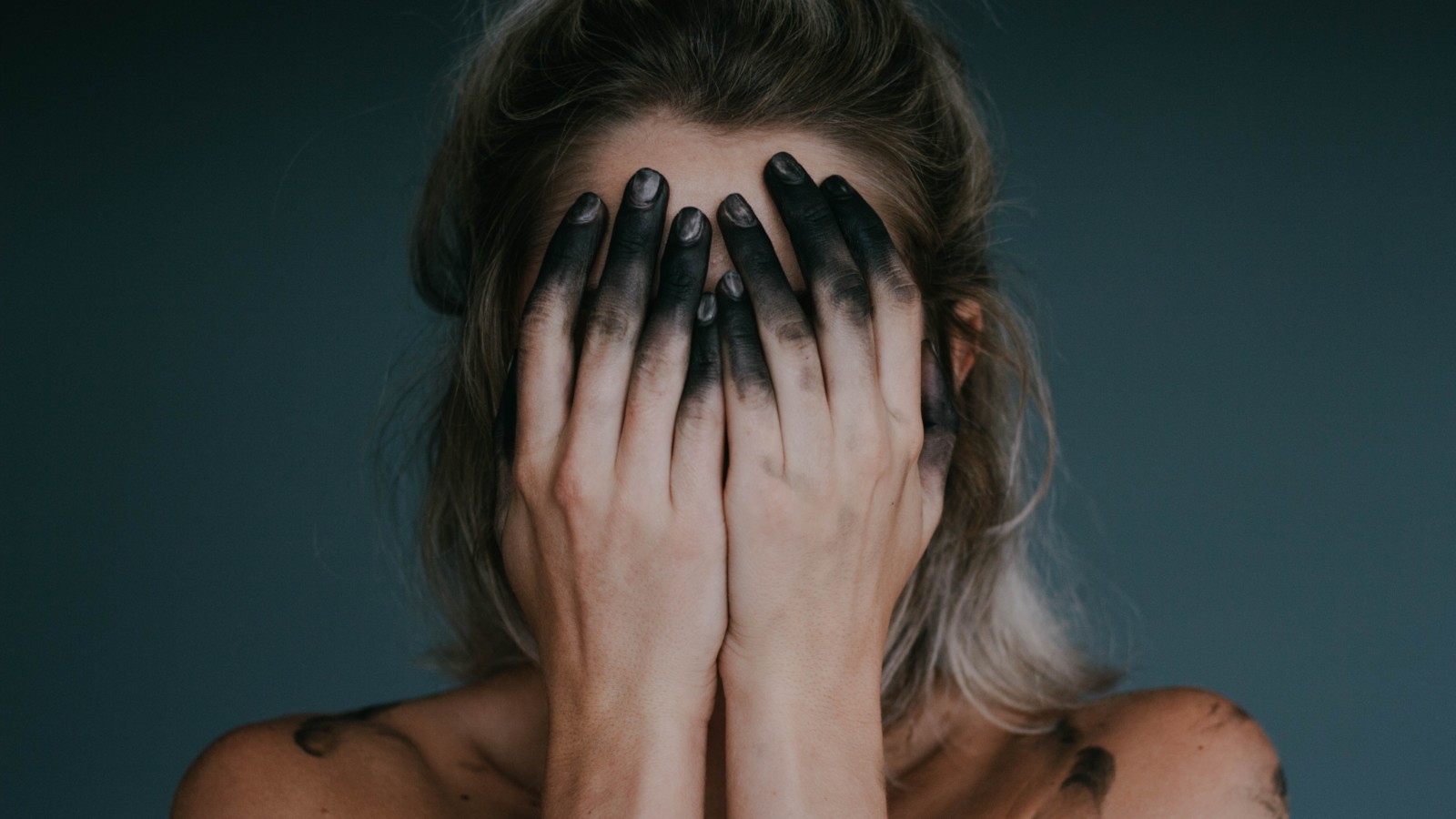When the pandemic hit, I was finishing my PhD and living with what I call Joan Didion headaches. “That no one dies of migraine,” she writes, “seems to someone deep in an attack as an ambiguous blessing.”
I felt like I needed a year off. But financially and professionally, there was no way that was going to happen.
So I started small. First, I wrote the to-do list to end all to-do lists. There were several pages and hundreds of small tasks. On fancy paper, because at this point in a work crisis any little bribe helps.
At first, writing all those tasks felt like the worst thing I could do. I didn’t want to have to look at them.
However, given the option between a task like “finish dissertation” and “open laptop and write one sentence,” I vastly preferred the second. The goal is to break the tasks down until they are so absurdly tiny that you laugh at the idea of NOT doing them.
Now it’s time to add strategic rewards. I decided that the more I dreaded a task, the better the reward should be.
If you’re short of ideas for rewards, a cup of hot cocoa, an episode of a favorite show, a walk outside, 10 minutes to sit in the sun and think, knitting, painting, or filling in a coloring book are all great options. It doesn’t really matter what you choose, as long as the activity is safe and something you think you might enjoy.
I also appreciate having rewards of different lengths. After a small task is complete, a break for five minutes might feel appropriate. I also tried breaks of 10-15 minutes, 30 minutes, an hour, a few hours, or even a day off. If a full day off is not an option, you can try setting aside some time on the weekend that is just for you, or for you and your family, with no chores or errands.
The act of choosing your rewards is empowering as well. If burnout is associated with lack of control1, picking out the type of number of rewards is a way to get some control back.
Some people find that taking small breaks are not enough. If your burnout is associated with hopelessness, changes in eating, sleep problems, or disrupted mood, consulting with a mental health care provider can make a huge difference.
Today, one of my rewards is filling my diffuser with lavender and clary sage. What will you try?
Sources:
- Mayo Clinic Staff. “Job burnout: How to spot it and take action.” Mayo Clinic, https://www.mayoclinic.org/healthy-lifestyle/adult-health/in-depth/burnout/art-20046642. Accessed April 21st, 2021.


